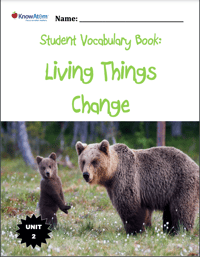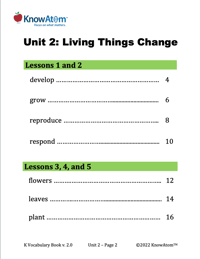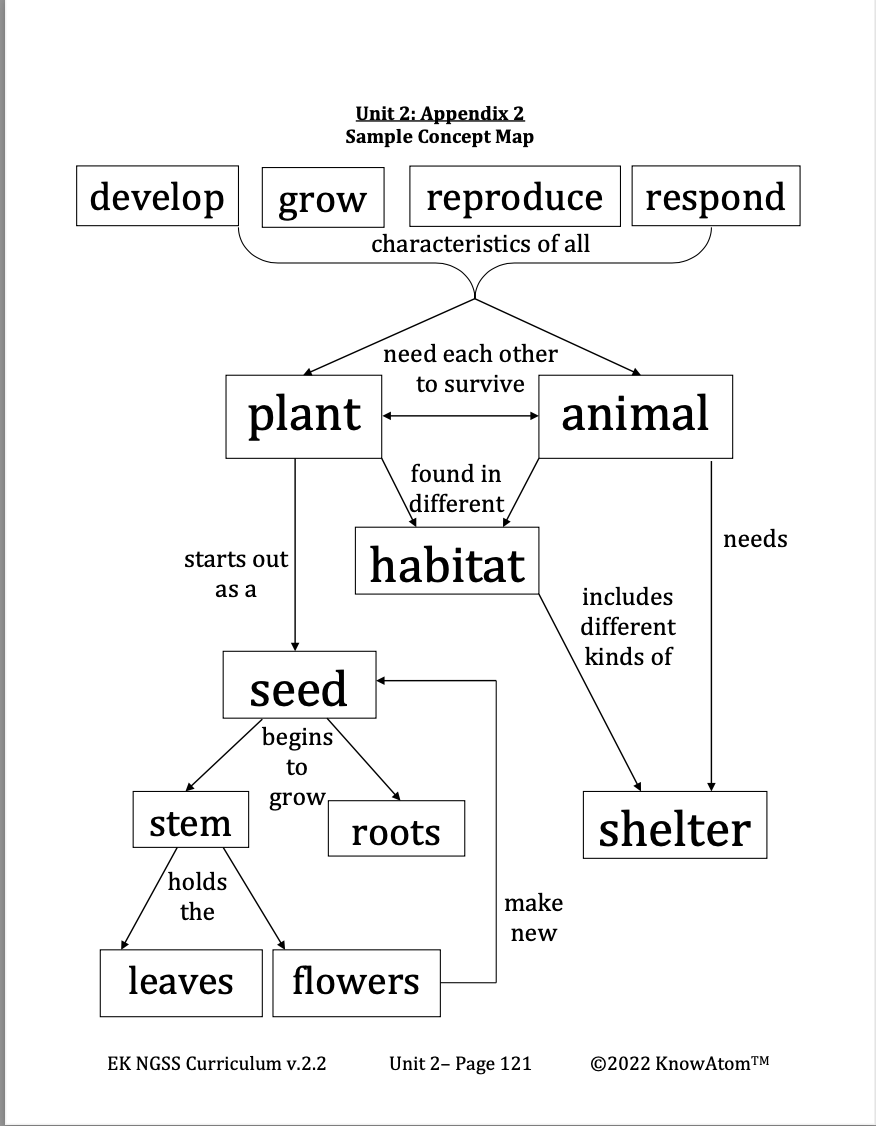In this lesson, students carry out a class experiment with three different cups of bean plants to observe what plants need to live and grow. Students will place the plants under different conditions to notice what resources they need to develop well.







